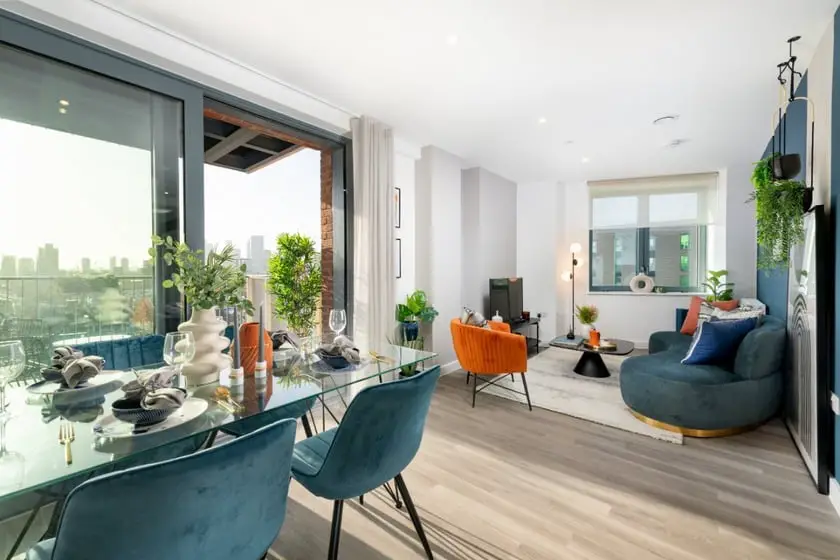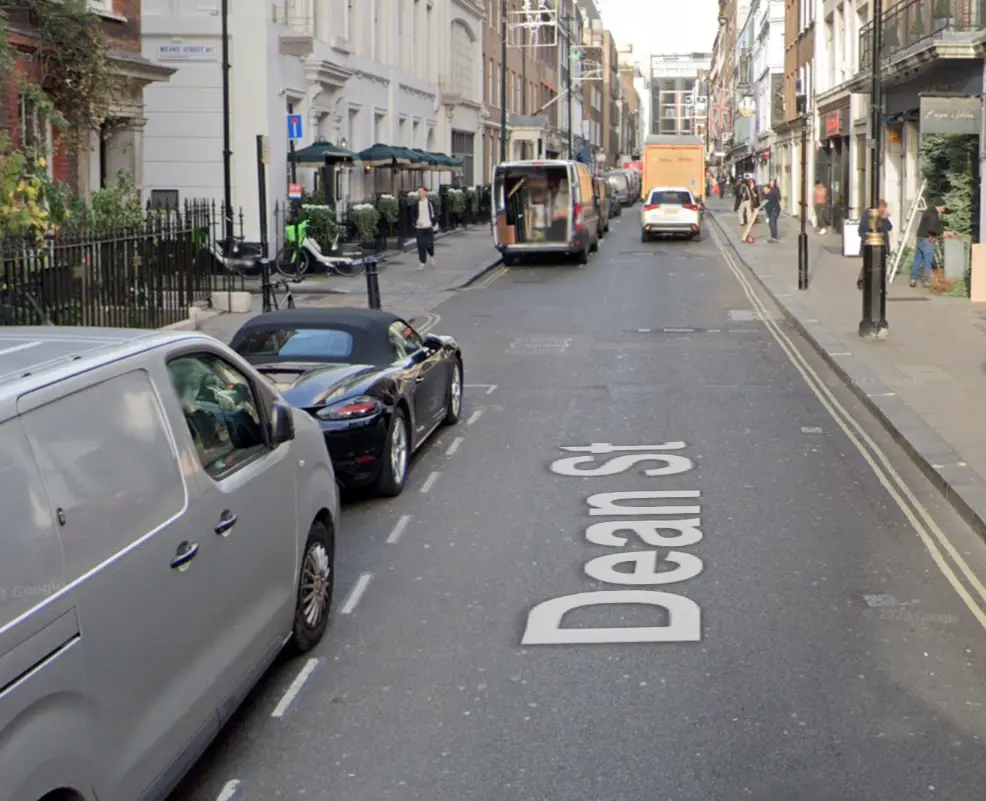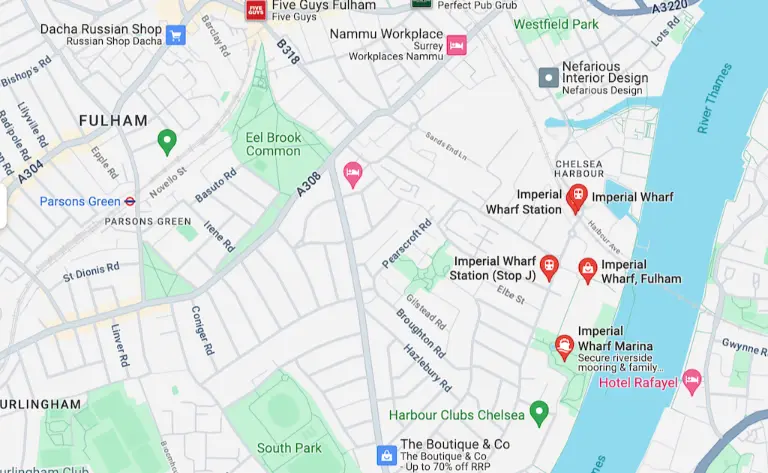Planning permission is an essential requirement for many home extension projects in London. It can be a daunting task, but it’s essential to ensure that your project meets the local planning regulations and standards. In this article, we’ll guide you through the process of applying for planning permission for a home extension in London.
Do you need planning permission?
Before starting the planning permission process, it’s essential to check if you need planning permission for your home extension project. In general, planning permission is required if your extension exceeds certain size limits, affects the appearance of the property, or alters the use of the property. You can find more information on the size limits and planning regulations on the Planning Portal website.
Hire an architect
Once you’ve confirmed that you need planning permission, it’s essential to hire an experienced architect or designer to create a detailed plan and design for your home extension project. A professional architect will ensure that your project meets the local planning regulations, and they will also submit the planning application on your behalf.
Submit the planning application
The planning application process can be time-consuming, and it’s essential to ensure that your application is complete and accurate to avoid delays or rejection. Your architect or designer will submit the planning application on your behalf, and it will include detailed plans, elevations, and specifications for the proposed extension. You’ll also need to pay a fee to the local council.
Wait for the decision
After submitting the planning application, you’ll need to wait for the decision from the local council. The decision process can take up to eight weeks, and it’s essential to ensure that you’re available to answer any queries or provide additional information if required.
Appeal the decision (if necessary)
If your planning application is rejected, you have the right to appeal the decision. You’ll need to provide additional information or make changes to the proposed extension to meet the local planning regulations. It’s essential to work with your architect or designer to ensure that your appeal is successful.
Applying for planning permission for a home extension in London can be a complex process. It’s essential to hire an experienced architect or designer to ensure that your project meets the local planning regulations and standards. By following the steps outlined above, you’ll be well on your way to a successful planning application and a beautiful home extension project.
How to Appeal a Planning Permission Decision in London and Win
There are various reasons why a planning application can be rejected or refused by the local planning authority. In this answer, we’ll cover some common reasons why applications can be rejected or refused.
Non-compliance with local planning regulations:
The local planning authority has strict regulations that need to be followed when submitting a planning application. If your application doesn’t comply with these regulations, your application could be refused. For example, your proposed extension may be too tall or too close to a neighbouring property.
Negative impact on the local area:
Planning applications need to demonstrate that the proposed development won’t have a negative impact on the local area. For example, a large development could cause a loss of privacy, increased traffic or noise pollution.
Lack of supporting documentation:
Planning applications require a range of supporting documentation, such as floor plans, elevations, and a Design and Access Statement. If your application is missing any of this supporting documentation, it could be refused.
Conservation area or listed building:
If the proposed development is in a conservation area or involves a listed building, the application will require additional scrutiny. The local planning authority will consider the impact on the historic or architectural value of the area, and if they feel that the development will have a negative impact, your application could be refused.
Local objections:
The local planning authority will take into consideration any objections from neighbouring properties or community groups. If there are significant objections, the local planning authority may refuse the application.
Environmental considerations:
Planning applications need to demonstrate that the proposed development won’t have a negative impact on the environment. For example, a development near a protected species habitat or in an area prone to flooding may be refused.
There are various reasons why a planning application can be rejected or refused. These can include non-compliance with local planning regulations, negative impact on the local area, lack of supporting documentation, conservation area or a listed building, local objections, and environmental considerations. It’s important to thoroughly research and plan your application to ensure that it meets all local planning regulations and requirements, and to consult with planning professionals if you’re unsure about any aspect of your application.









